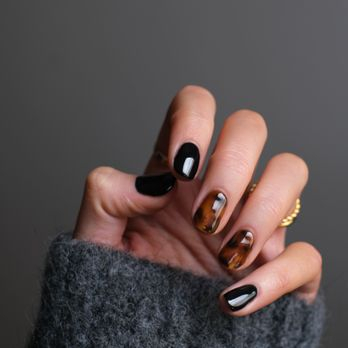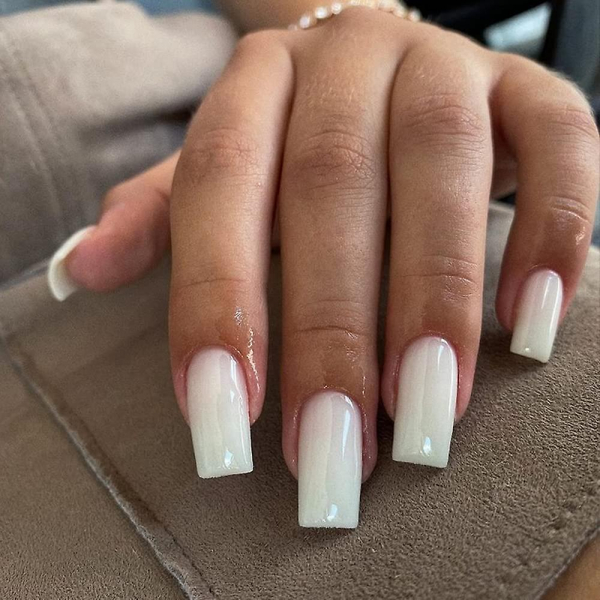Eyebrow waxing is a popular method of hair removal that involves using warm wax to remove unwanted hair from the eyebrows and surrounding areas. Here's what you need to know about eyebrow waxing:
-
Procedure: During an eyebrow waxing session, a trained esthetician or cosmetologist will apply warm wax to the eyebrow area using a small spatula or applicator stick. The wax is applied in the direction of hair growth and allowed to cool and harden slightly. A cloth strip is then pressed firmly onto the wax and quickly pulled off in the opposite direction of hair growth, removing the wax along with the unwanted hair.
-
Precision: Eyebrow waxing requires precision and attention to detail to achieve the desired shape and definition. The esthetician will carefully shape the eyebrows according to the client's preferences and facial features, taking into account factors such as brow arch, thickness, and symmetry.
-
Customization: Eyebrow waxing can be customized to suit individual preferences and styles. Whether you prefer a natural, groomed look or a more defined, sculpted shape, the esthetician can tailor the waxing treatment to achieve the desired results.
-
Benefits: Eyebrow waxing offers several benefits, including smooth and long-lasting results, precise shaping and definition, and the removal of multiple hairs at once. It can also help exfoliate the skin and remove dead skin cells, leaving the brow area looking smooth and rejuvenated.
-
Temporary Discomfort: While eyebrow waxing is generally well-tolerated, some individuals may experience temporary discomfort or pain during the procedure, particularly if it's their first time or if they have sensitive skin. However, any discomfort typically subsides quickly after the waxing is complete.
-
Aftercare: After eyebrow waxing, it's essential to follow proper aftercare instructions to minimize irritation and ensure optimal results. This may include avoiding sun exposure, applying soothing post-waxing products, and refraining from using harsh skincare products or makeup on the treated area for a short period.
-
Frequency: The frequency of eyebrow waxing depends on individual hair growth patterns and preferences. For most people, eyebrow waxing is typically done every two to four weeks to maintain the desired shape and keep the eyebrows looking groomed and tidy.
-
Safety Precautions: To ensure a safe and effective eyebrow waxing experience, it's essential to visit a reputable salon or spa that follows strict hygiene and sanitation practices. The esthetician should use clean and disposable tools, apply wax at the correct temperature, and perform a patch test to check for any allergic reactions or sensitivities.
Overall, eyebrow waxing is a popular and effective method of hair removal that offers precise shaping and long-lasting results. By following proper techniques and aftercare practices, you can achieve beautifully groomed eyebrows that complement your facial features and enhance your overall appearance.
Square nails are a classic nail shape characterized by straight edges and a flat, squared-off tip. Here's a closer look at square nails:
-
Shape: Square nails have a flat, squared-off tip that extends straight across the nail bed. The edges of square nails are also straight, creating a boxy or angular appearance. This shape is simple and geometric, offering a clean and polished look.
-
Length: Square nails can be worn at various lengths, from short and practical to long and dramatic. The length of square nails is typically determined by personal preference and lifestyle considerations. Shorter square nails are often preferred for their ease of maintenance, while longer square nails can make a bold statement.
-
Versatility: Square nails are versatile and suit a wide range of styles and nail designs. They can be worn with natural nail polish for a classic and understated look or embellished with nail art, glitter, or embellishments for a more glamorous or trendy appearance. Square nails are also popular for French manicures, as the straight edges provide a clean canvas for the white tips.
-
Strength: Square nails offer good strength and durability due to their straight edges and flat surface. The squared-off tip provides ample room for nail polish or gel to adhere, reducing the risk of chipping or peeling. However, longer square nails may be more prone to breakage or snagging, so proper nail care is essential to maintain their strength and integrity.
-
Maintenance: Square nails are relatively easy to maintain, especially at shorter lengths. Regular trimming and shaping can help keep the edges straight and the tips squared off. It's also essential to file the corners gently to prevent sharp edges that can catch on clothing or other objects.
-
Classic Appeal: Square nails have a timeless and classic appeal that never goes out of style. They are a popular choice for individuals who prefer a traditional and elegant nail shape that complements any outfit or occasion. Square nails are suitable for both casual and formal settings, making them a versatile option for everyday wear.
Overall, square nails are a classic and versatile nail shape characterized by straight edges and a flat, squared-off tip. Whether worn short or long, square nails offer a clean and polished look that suits a wide range of styles and preferences.

The frequency of visiting a nail salon depends on individual preferences, lifestyle, and nail care needs. Here are some factors to consider when determining how often to go to the nail salon:
-
Maintenance: If you prefer to keep your nails looking polished and well-groomed at all times, you may choose to visit the nail salon more frequently for regular manicures or pedicures. This could range from once a week to once every two weeks, depending on how quickly your nails grow and how well the polish holds up.
-
Special Occasions: Many people visit the nail salon before special occasions such as weddings, parties, or vacations to get a manicure or pedicure. If you have a special event coming up, you may schedule a salon appointment as needed.
-
Natural Nail Growth: The rate at which your nails grow can affect how often you need to visit the nail salon for maintenance. If your nails grow quickly, you may need more frequent manicures or pedicures to keep them looking neat and trimmed.
-
Gel or Acrylic Maintenance: If you get gel or acrylic nails, you may need to visit the nail salon every two to three weeks for fills or touch-ups to maintain the appearance and integrity of the artificial nails.
-
Budget: Consider your budget when deciding how often to visit the nail salon. Regular salon appointments can add up in cost, so it's important to balance your nail care needs with your financial situation.

-
At-Home Maintenance: Some people prefer to do their own nail care at home between salon visits. You can extend the life of your manicure or pedicure by using nail polish remover to clean up any chipped or faded polish and applying a fresh coat of polish as needed.
-
Nail Health: Consider the overall health of your nails when determining how often to visit the nail salon. If your nails are strong and healthy, you may not need to go to the salon as frequently. However, if you have specific nail concerns or conditions, such as fungal infections or brittle nails, you may benefit from more regular professional care and attention.
Ultimately, there is no one-size-fits-all answer to how often you should go to the nail salon. It's important to find a schedule that works for you and meets your individual nail care needs, whether that means visiting the salon regularly or only on occasion. Listen to your nails and prioritize their health and well-being when making decisions about nail salon visits.






